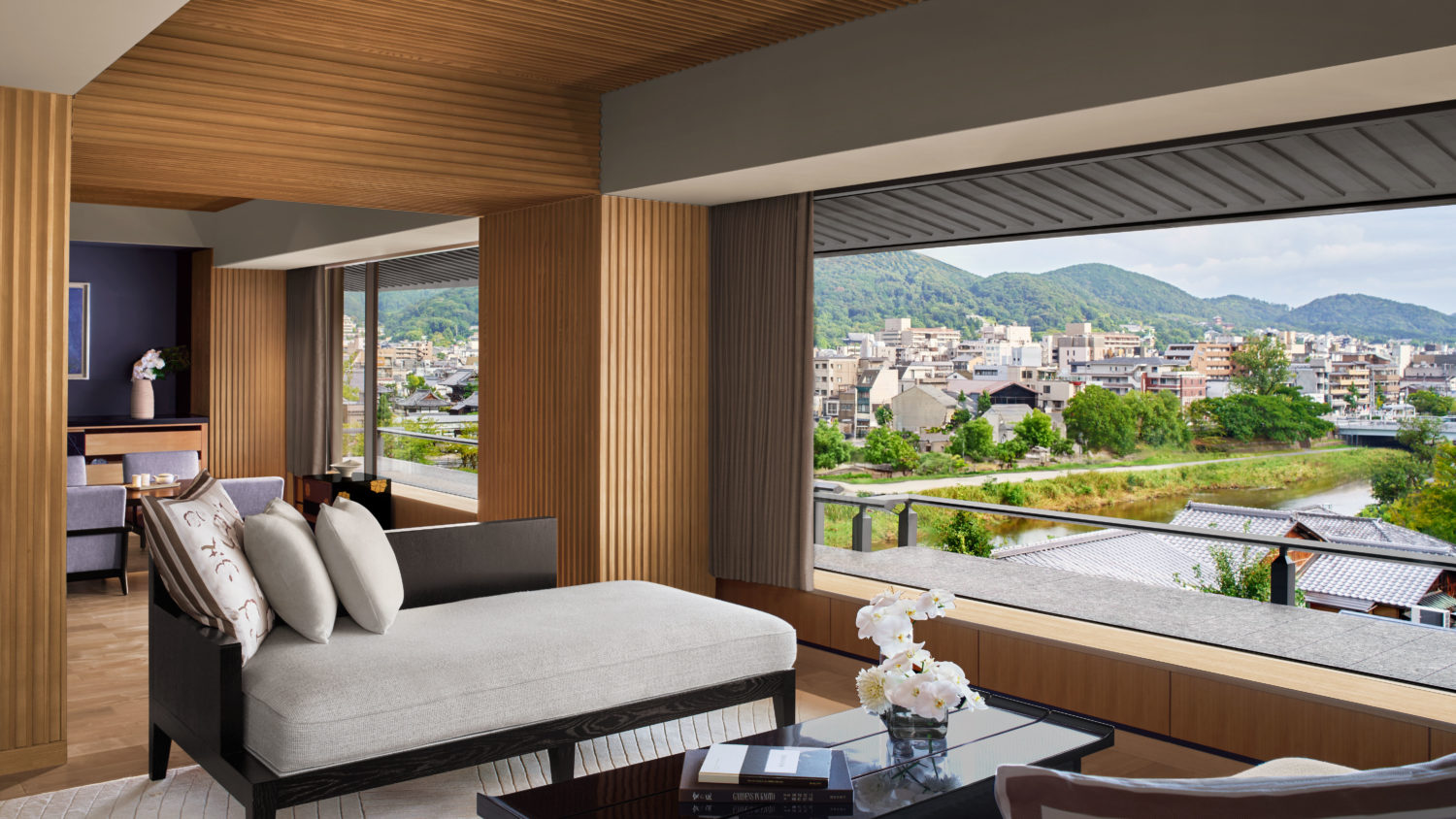
Only two and a half hours by train from Tokyo, Kyoto is Japan’s former capital and current cultural heart. With the mountains in the distance and urban areas both old and new, Kyoto offers visitors the chance to escape the general madness of Tokyo. With over 1,000 temples and shrines, shopping at lively food markets and geisha-spotting in Gion there is plenty to see and do in this city.
Where to Stay:
For a stay that perfectly encapsulates the blend of past and present, The Ritz-Carlton, Kyoto is perfect choice. Nestled along the banks of the Kamogawa River, the hotel is a sanctuary of understated luxury. The minimalist design, inspired by traditional Japanese aesthetics, is paired with the brands unparalleled service and comforts. Every element of the hotel, from the artisanal tea sets in the rooms to the exquisite views of the Higashiyama Mountains, and the 409 pieces of artwork, all mirrors the city’s harmony between nature and local, ancient traditions.
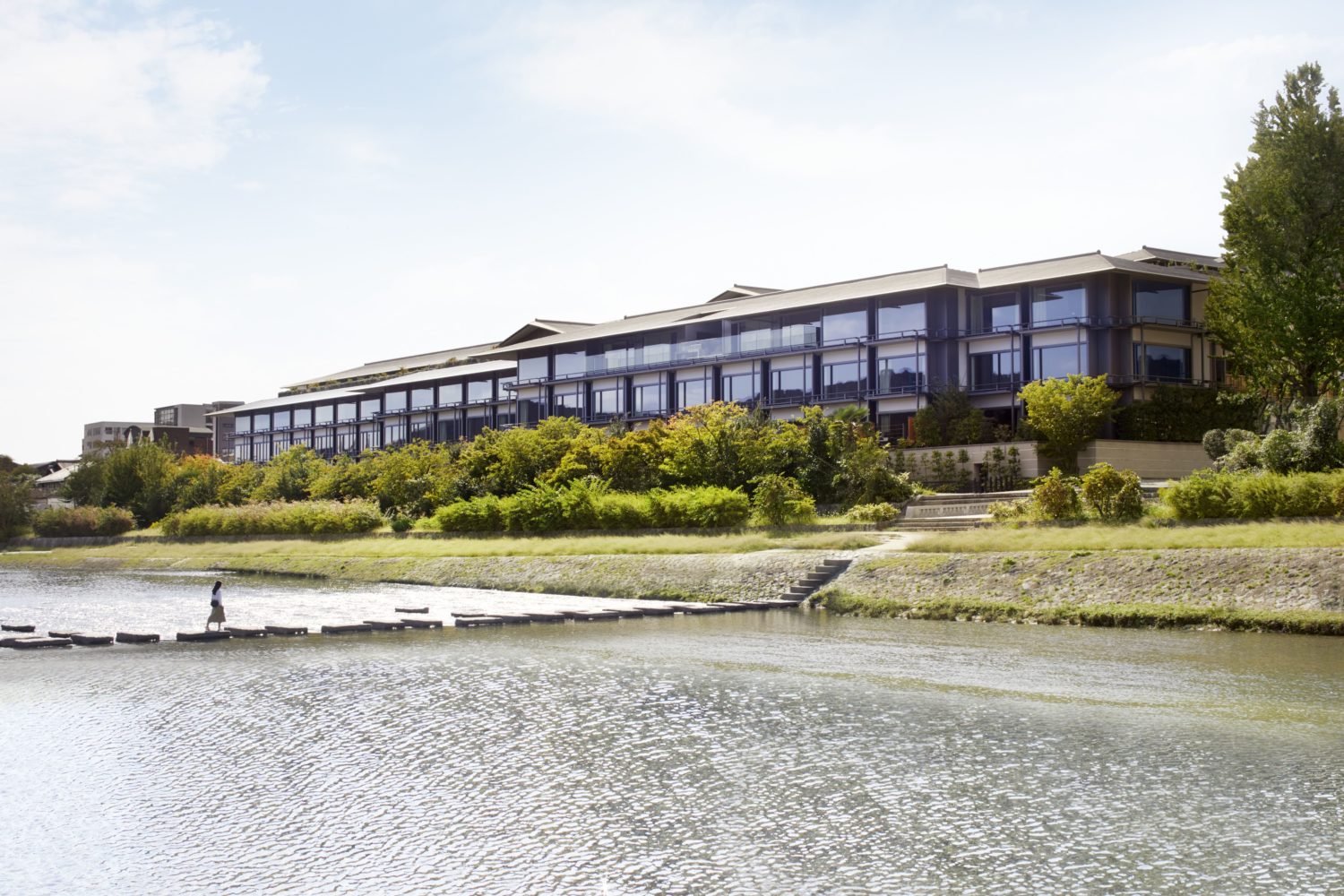
Where to Eat:
Kyoto’s culinary landscape is as intricate and thoughtful as its temples. The city’s famed Nishiki Market—affectionately known as “Kyoto’s Kitchen”—offers an array of local cuisine, from fresh seafood to delicate sweets such as the grilled mochi, which is slightly charred on the outside and gooey in the middle, paired with a bold cup of matcha, is a must-try.
Hyoto Kyoto
Going for shabu-shabu essentially means cooking your own dinner while dining out. Upon request, a hot pot is placed in the middle of the table alongside plates of raw veg, tofu and thinly sliced meat which you ‘shabu-shabu’ (swish swish) in the boiling pot similar to a fondue. Normally shabu-shabu restaurants in Japan are very casual, but Hyoto Kyoto is more fine dining in a traditional Japanese setting. Order the house special, Dashi-shabu, popularised for its delicious dashi dipping sauce. https://hyoto.jp/en/
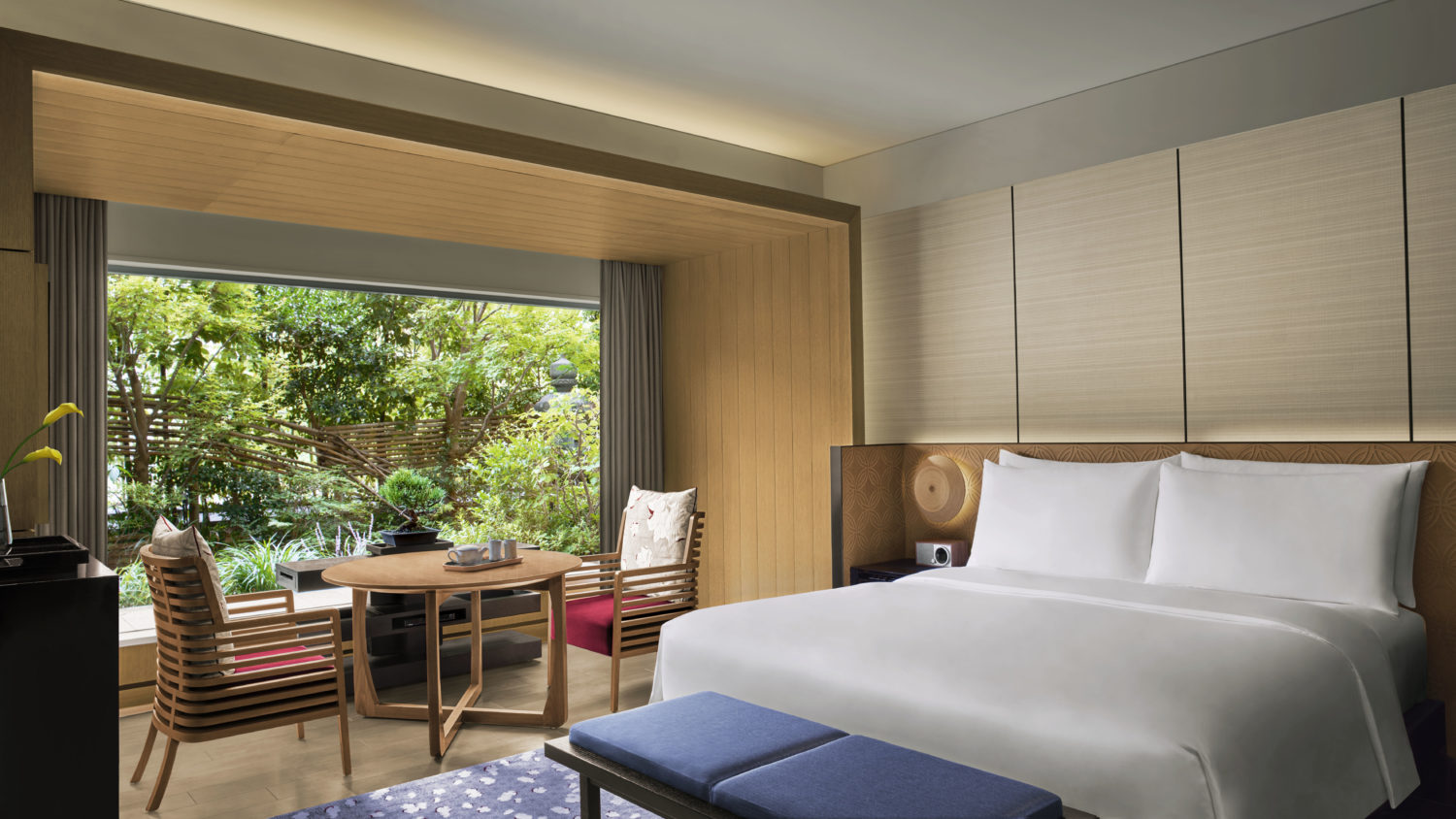
Kyoto Tower Sando
Just opposite JR Kyoto Station, into which all bullet trains from Tokyo arrive, is an underground wonderland of small Japanese food stalls arranged around a DJ platform and bar-stool seating areas. With gyoza shacks, tempura, sushi, korroke (Japanese-style croquettes), curry and doughnut stalls, this is an ideal first stop for hungry travellers landing in the city after a long journey. Visitors can order food from a selection of stalls and receive buzzers to alert them when their food is ready to collect. Forget the food halls of your imagination – Japan has yet again levelled up, providing stylish decor, seating and entertainment alongside some of the best of its home-grown dishes. https://www.kyoto-tower-sando.jp/en/
Things to do:
A city storied with 17 world heritage sites, time-honoured tea ceremonies, a bamboo forest and world-renowned kimonos, Kyoto is a thriving city full of culture and also home to cutting edge industries and upscale shopping.
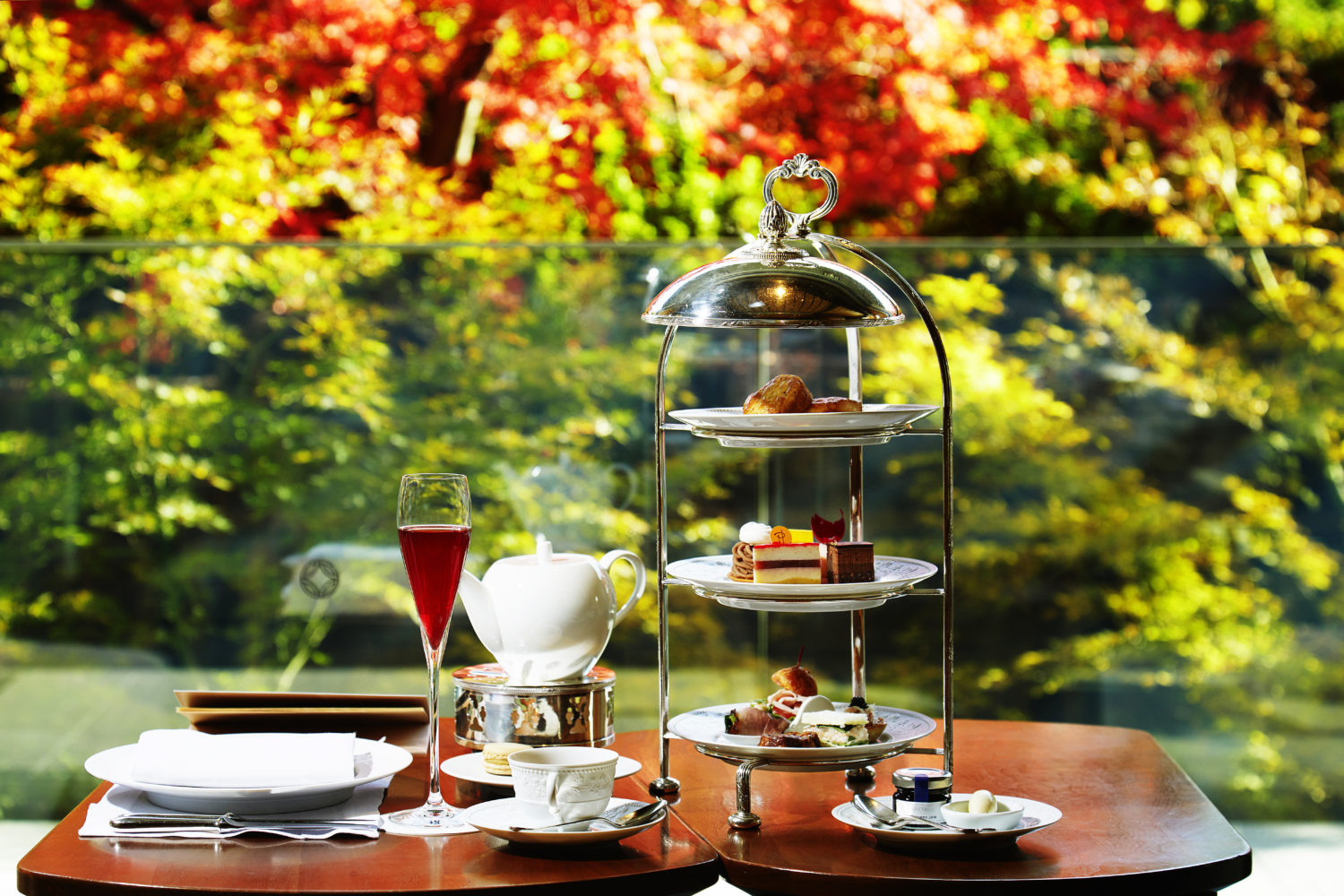
Temple hopping:
Kyoto boasts over 1,600 Buddhist temples and 400 Shinto shrines, each with its own distinct character, such as Kinkaku-ji, (the Golden Pavilion) – the pavilion is clad entirely in gold leaf and is reflected perfectly in the mirror-like pond below – and Ginkaku-ji (the Silver Pavilion), palaces, and gardens. Another site not to be missed is the iconic Fushimi Inari-taisha, which beckons with its thousands of bright red torii gates.
Shirakawa Gion
It may be touristy but don’t miss this famous geisha area, packed with shops, restaurants and teahouses. Running along the canal, Shirakawa Gion is bordered by traditional wooden buildings on one side and trees on the other. If you are here when the cherry blossoms (April) or when the leaves turn in autumn it is incredibly beautiful. The city is also home to the Gion Matsuri, one of Japan’s most celebrated festivals, held every July.
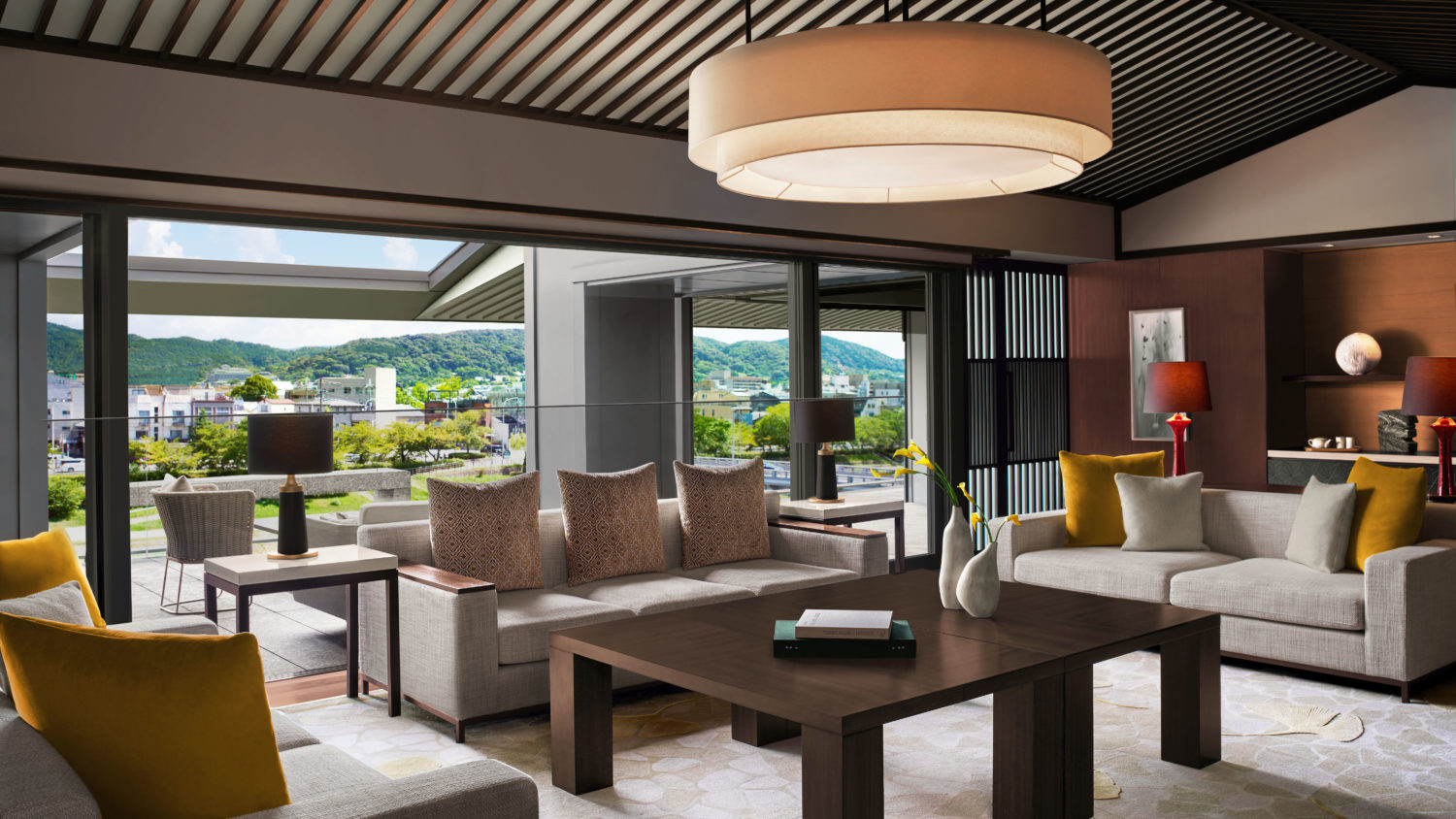
The Higashiyami District
This is where you put Google Maps away and just wander. The district is the best place to experience old Kyoto, Japan’s former capital. Burrow between the narrow streets and the wooden buildings to reach Yasaka Pagoda, perhaps the most photographed spot in the district.







